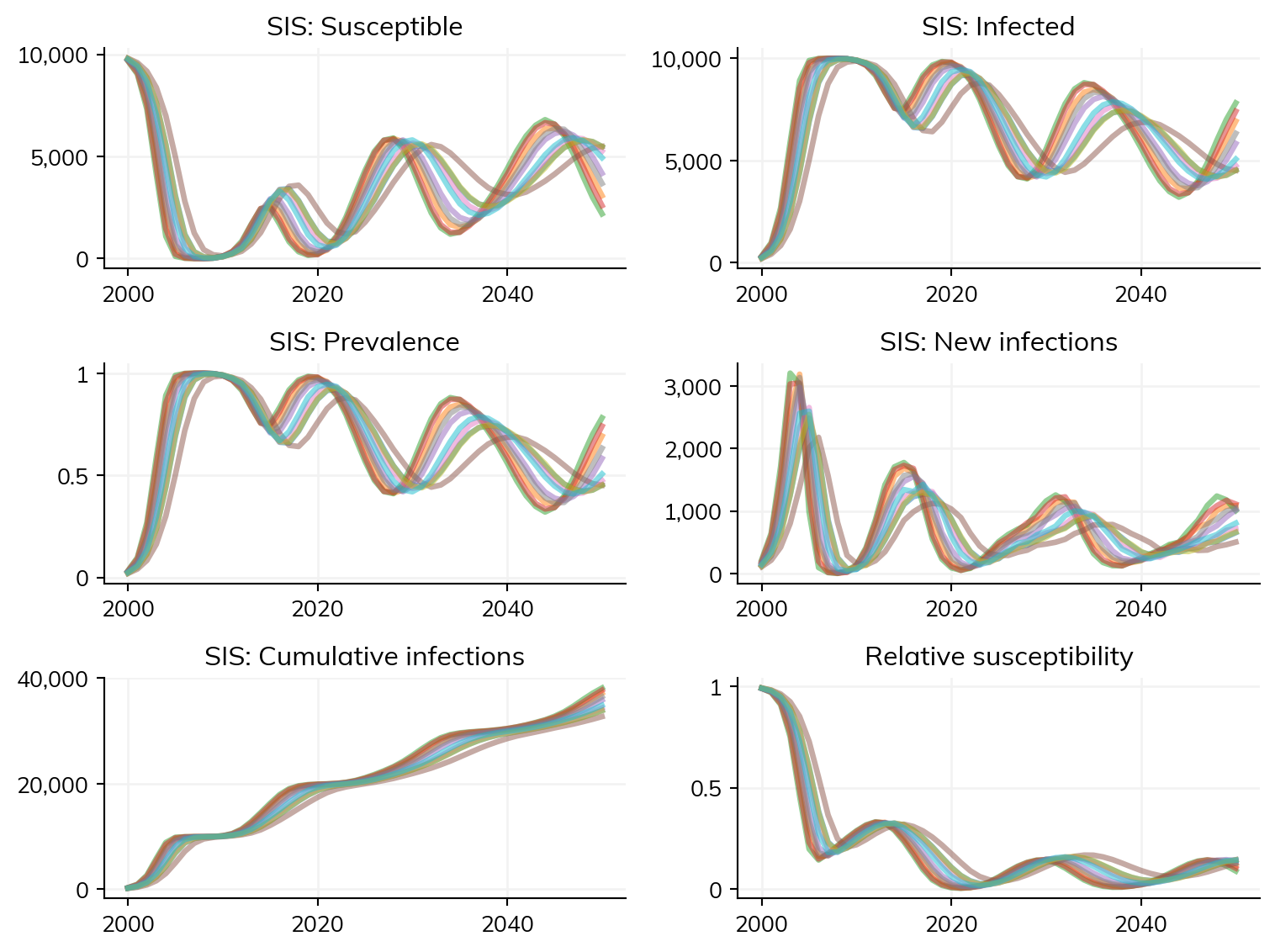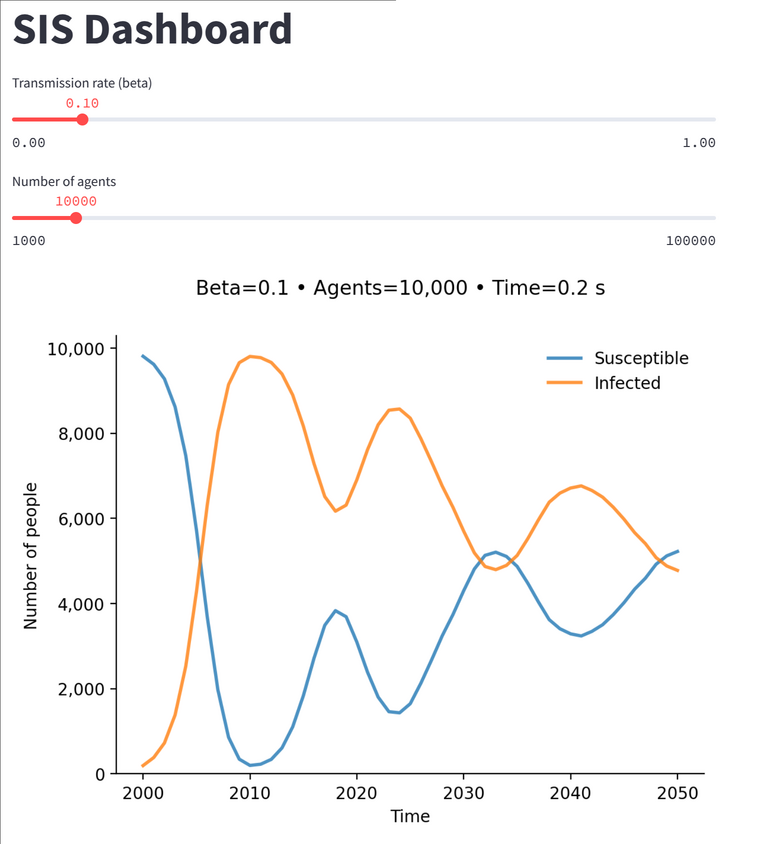Exception ignored in: <_io.BytesIO object at 0x7f61d7f2aca0>
Traceback (most recent call last):
File "/opt/hostedtoolcache/Python/3.13.7/x64/lib/python3.13/site-packages/sciris/sc_odict.py", line 1208, in __getattribute__
def __getattribute__(self, attr):
BufferError: Existing exports of data: object cannot be re-sized
Exception ignored in: <_io.BytesIO object at 0x7f61d7f2b3d0>
Traceback (most recent call last):
File "/opt/hostedtoolcache/Python/3.13.7/x64/lib/python3.13/site-packages/sciris/sc_odict.py", line 1208, in __getattribute__
def __getattribute__(self, attr):
BufferError: Existing exports of data: object cannot be re-sized
Exception ignored in: <_io.BytesIO object at 0x7f61f051b010>
Traceback (most recent call last):
File "/opt/hostedtoolcache/Python/3.13.7/x64/lib/python3.13/site-packages/sciris/sc_odict.py", line 1208, in __getattribute__
def __getattribute__(self, attr):
BufferError: Existing exports of data: object cannot be re-sized
Exception ignored in: Exception ignored in: <_io.BytesIO object at 0x7f61d7f2a700><_io.BytesIO object at 0x7f61d7f2a700>
Exception ignored in: Traceback (most recent call last):
File "<frozen abc>", line 117, in __instancecheck__
<_io.BytesIO object at 0x7f61d7f2a700>BufferError
Traceback (most recent call last):
Traceback (most recent call last):
: File "<frozen abc>", line 117, in __instancecheck__
File "<frozen abc>", line 117, in __instancecheck__
BufferErrorExisting exports of data: object cannot be re-sizedBufferError: Exception ignored in: :
Existing exports of data: object cannot be re-sized<_io.BytesIO object at 0x7f61d7f2a700>Existing exports of data: object cannot be re-sizedException ignored in:
<_io.BytesIO object at 0x7f61d7f40720>
Exception ignored in: Traceback (most recent call last):
Exception ignored in: <_io.BytesIO object at 0x7f61d7f40720>Traceback (most recent call last):
File "<frozen abc>", line 117, in __instancecheck__
File "<frozen abc>", line 117, in __instancecheck__
<_io.BytesIO object at 0x7f61d7f40720>BufferErrorTraceback (most recent call last):
BufferError: File "<frozen abc>", line 117, in __instancecheck__
BufferError: Traceback (most recent call last):
Existing exports of data: object cannot be re-sized: File "<frozen abc>", line 117, in __instancecheck__
Existing exports of data: object cannot be re-sized
Existing exports of data: object cannot be re-sized
BufferErrorException ignored in: : Exception ignored in:
Existing exports of data: object cannot be re-sized<_io.BytesIO object at 0x7f61d7f40ae0><_io.BytesIO object at 0x7f61d7f40720>Exception ignored in:
Exception ignored in: <_io.BytesIO object at 0x7f61d7f40ae0>Traceback (most recent call last):
Traceback (most recent call last):
<_io.BytesIO object at 0x7f61d7f40ae0> File "<frozen abc>", line 117, in __instancecheck__
File "<frozen abc>", line 117, in __instancecheck__
BufferErrorTraceback (most recent call last):
Traceback (most recent call last):
BufferError: : File "<frozen abc>", line 117, in __instancecheck__
Existing exports of data: object cannot be re-sizedExisting exports of data: object cannot be re-sized File "<frozen abc>", line 117, in __instancecheck__
BufferError
: BufferError
Exception ignored in: : Existing exports of data: object cannot be re-sizedException ignored in: <_io.BytesIO object at 0x7f61d7f41030>Existing exports of data: object cannot be re-sized<_io.BytesIO object at 0x7f61d7f40ae0>
Traceback (most recent call last):
Exception ignored in: Traceback (most recent call last):
Exception ignored in: <_io.BytesIO object at 0x7f61d7f41030> File "<frozen abc>", line 117, in __instancecheck__
<_io.BytesIO object at 0x7f61d7f41030> File "<frozen abc>", line 117, in __instancecheck__
BufferErrorBufferError
: Traceback (most recent call last):
: Traceback (most recent call last):
Existing exports of data: object cannot be re-sized File "<frozen abc>", line 117, in __instancecheck__
File "<frozen abc>", line 117, in __instancecheck__
Existing exports of data: object cannot be re-sizedBufferErrorBufferError:
Exception ignored in: Existing exports of data: object cannot be re-sizedException ignored in: : Existing exports of data: object cannot be re-sized<_io.BytesIO object at 0x7f61d7f41580>
<_io.BytesIO object at 0x7f61d7f41030>
Exception ignored in:
Traceback (most recent call last):
<_io.BytesIO object at 0x7f61d7f41580>Exception ignored in: Traceback (most recent call last):
File "<frozen abc>", line 117, in __instancecheck__
<_io.BytesIO object at 0x7f61d7f41580>
BufferError File "<frozen abc>", line 117, in __instancecheck__
:
Traceback (most recent call last):
BufferErrorExisting exports of data: object cannot be re-sized File "<frozen abc>", line 117, in __instancecheck__
Traceback (most recent call last):
:
BufferErrorException ignored in: : File "<frozen abc>", line 117, in __instancecheck__
Existing exports of data: object cannot be re-sized<_io.BytesIO object at 0x7f61d7f41ad0>Existing exports of data: object cannot be re-sized
BufferErrorException ignored in: Exception ignored in: <_io.BytesIO object at 0x7f61d7f41ad0><_io.BytesIO object at 0x7f61d7f41580>
: Traceback (most recent call last):
Traceback (most recent call last):
File "<frozen abc>", line 117, in __instancecheck__
Existing exports of data: object cannot be re-sizedTraceback (most recent call last):
BufferError File "<frozen abc>", line 117, in __instancecheck__
File "<frozen abc>", line 117, in __instancecheck__
: BufferErrorExisting exports of data: object cannot be re-sizedException ignored in:
<_io.BytesIO object at 0x7f61d7f41ad0>
BufferErrorTraceback (most recent call last):
: : Existing exports of data: object cannot be re-sized File "<frozen abc>", line 117, in __instancecheck__
Existing exports of data: object cannot be re-sizedBufferError
: Exception ignored in: Existing exports of data: object cannot be re-sized<_io.BytesIO object at 0x7f61d7f41ad0>
Traceback (most recent call last):
File "<frozen abc>", line 117, in __instancecheck__
BufferError: Existing exports of data: object cannot be re-sized
Exception ignored in: <_io.BytesIO object at 0x7f61d7f2bba0>
Traceback (most recent call last):
Exception ignored in: Exception ignored in: File "/opt/hostedtoolcache/Python/3.13.7/x64/lib/python3.13/copy.py", line 248, in _reconstruct
<_io.BytesIO object at 0x7f61d7f2bba0><_io.BytesIO object at 0x7f61d7f2bba0>
Traceback (most recent call last):
Traceback (most recent call last):
File "/opt/hostedtoolcache/Python/3.13.7/x64/lib/python3.13/copy.py", line 152, in deepcopy
File "/opt/hostedtoolcache/Python/3.13.7/x64/lib/python3.13/copy.py", line 152, in deepcopy
rv = reductor(4)def _reconstruct(x, memo, func, args,rv = reductor(4)
BufferErrorBufferError: BufferError: Existing exports of data: object cannot be re-sized: Existing exports of data: object cannot be re-sized
Existing exports of data: object cannot be re-sizedException ignored in:
<_io.BytesIO object at 0x7f61d7f2bba0>
Traceback (most recent call last):
File "/opt/hostedtoolcache/Python/3.13.7/x64/lib/python3.13/copy.py", line 248, in _reconstruct
def _reconstruct(x, memo, func, args,
BufferError: Existing exports of data: object cannot be re-sized
Exception ignored in: <_io.BytesIO object at 0x7f61d7f2a700>
Traceback (most recent call last):
File "/home/runner/work/starsim/starsim/starsim/time.py", line 261, in _rebuild
out = unpickling_func(*args)
BufferError: Existing exports of data: object cannot be re-sized
Exception ignored in: <_io.BytesIO object at 0x7f61d7f40720>
Traceback (most recent call last):
File "/home/runner/work/starsim/starsim/starsim/time.py", line 261, in _rebuild
out = unpickling_func(*args)
BufferError: Existing exports of data: object cannot be re-sized
Exception ignored in: <_io.BytesIO object at 0x7f61d7f40ae0>
Traceback (most recent call last):
File "/home/runner/work/starsim/starsim/starsim/time.py", line 261, in _rebuild
out = unpickling_func(*args)
BufferError: Existing exports of data: object cannot be re-sized
Exception ignored in: <_io.BytesIO object at 0x7f61d7f41030>
Traceback (most recent call last):
File "/home/runner/work/starsim/starsim/starsim/time.py", line 261, in _rebuild
out = unpickling_func(*args)
BufferError: Existing exports of data: object cannot be re-sized
Exception ignored in: <_io.BytesIO object at 0x7f61d7f41580>
Traceback (most recent call last):
File "/home/runner/work/starsim/starsim/starsim/time.py", line 261, in _rebuild
out = unpickling_func(*args)
BufferError: Existing exports of data: object cannot be re-sized
Exception ignored in: <_io.BytesIO object at 0x7f61d7f41ad0>
Traceback (most recent call last):
File "/home/runner/work/starsim/starsim/starsim/time.py", line 261, in _rebuild
out = unpickling_func(*args)
BufferError: Existing exports of data: object cannot be re-sized
Exception ignored in: <_io.BytesIO object at 0x7f61d7f2bba0>
Traceback (most recent call last):
File "/opt/hostedtoolcache/Python/3.13.7/x64/lib/python3.13/site-packages/dill/_dill.py", line 436, in find_class
def find_class(self, module, name):
BufferError: Existing exports of data: object cannot be re-sized
Exception ignored in: <_io.BytesIO object at 0x7f6200307f60>
Traceback (most recent call last):
File "/home/runner/work/starsim/starsim/starsim/time.py", line 873, in __new__
def __new__(cls, value=None, base=None, **kwargs):
BufferError: Existing exports of data: object cannot be re-sized
Exception ignored in: <_io.BytesIO object at 0x7f61d855fc90>
Traceback (most recent call last):
File "/opt/hostedtoolcache/Python/3.13.7/x64/lib/python3.13/site-packages/matplotlib/_api/__init__.py", line 86, in check_isinstance
for k, v in kwargs.items():
BufferError: Existing exports of data: object cannot be re-sized



